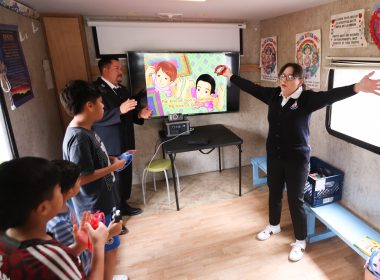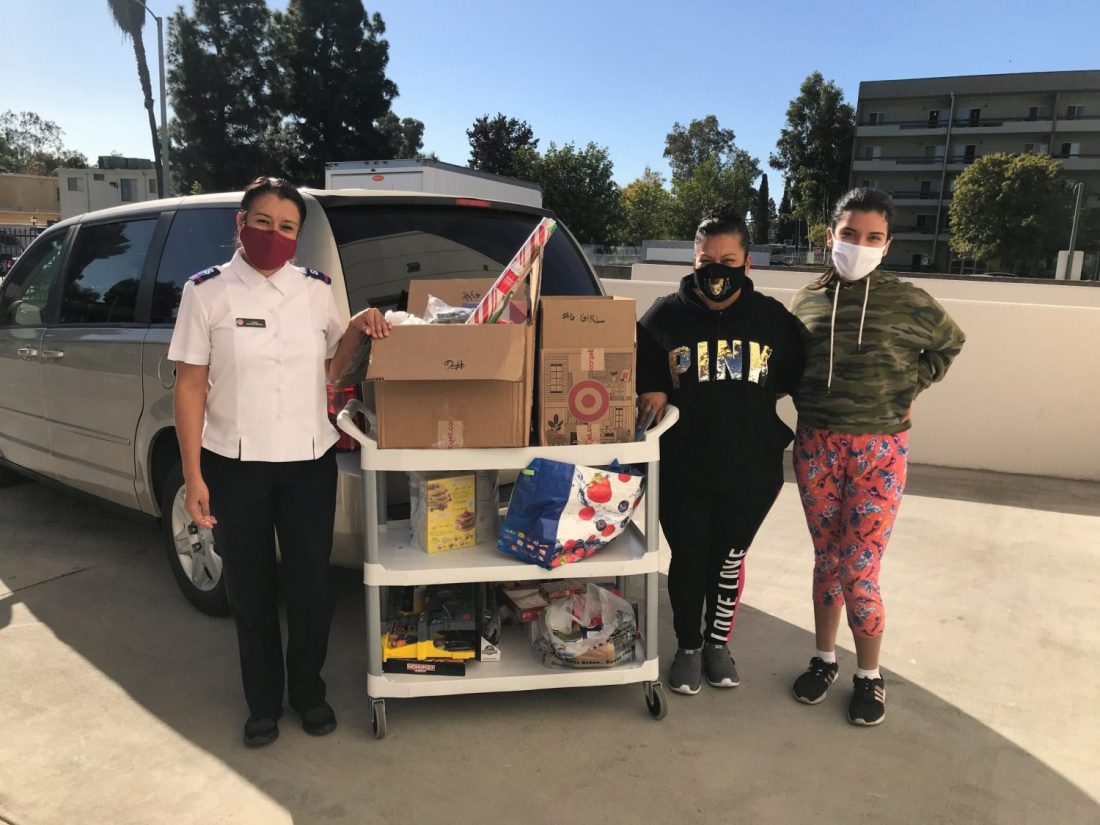Note: Lt. Colonel Kurt Burger, secretary for business administration, presented the results of group discussions based on Strategic Priority #6: Direct Resources to Mission.
 How do we increase the Army’s exposure as a vital faith-based community organization?
How do we increase the Army’s exposure as a vital faith-based community organization?
PROBLEM STATEMENT:
Within the faith community, the Army is not fully understood as a faith-based organization. As a result, there are resources that remain untapped.
GOAL:
Build awareness within the faith-based community to increase available resources.
ACTION STEPS:
- * Establish a baseline of support within the faith community as a measuring tool.
- * Contact denominational leaders and network with faith-based organizations.
- * Link with other denominational web sites.
- * Use of Christian mailing list to help promote organization.
- * Develop a promotional campaign targeted towards the faith-based community. This should include ads in Christian periodicals, issue-based media pieces, and promotional materials for local use (videos, bulletins, inserts, flyers).
PROBLEM STATEMENT:
How do we determine which functions are best served at which level? How do we demonstrate making the Army’s ministry a priority in the allocation of resources at all levels?
GOAL:
Review and assess administrative functions to enable (form must follow function) our system(s) to operate more effectively and determine who best should “do the job” by September 2003.
ACTION STEPS:
- Analyze where/how we spend our resources.
- Each functional level will determine and make structural adjustments in order to live within boundary of tithe (10%).
- Identify which mission functions are essential and make an allocation for them.
- Allocate HR according to our declared mission priorities.
- Answer this question: “Does the job require an officer/employee?”
- Identify issues of redundancy.
- Refine/simplify decision-making.
- Assess/understand corps needs.
- Assess qualification of personnel to handle functions as part of accounting.
- Establish approval authorities and live/operate by them.
- Process all decision through missions grid: Does it fit? Work? Help? Hinder?
PROBLEM STATEMENT:
How do we strengthen local stewardship in the context of the larger corporate SA?
GOAL:
We will by 2004, have officers and employees with a better understanding of local stewardship in context of the larger corporate SA.
ACTION STEPS:
- Help officers and employees recognize and use Policies & Procedures as a tool.
- Better training in the Policies & Procedures during recruitment and training at SFOT.
- Emphasize value of connectedness: More open sharing of corporate problems/issues between administration (THQ/DHQ) and the field officers/employees.
- Re-affirm and re-state what is allowed within the context of Policy & Procedures.
PROBLEM STATEMENT:
How do we focus on living within our means in the context of existing deficits and increasing needs while enhancing our mission, purpose and faith?
GOAL:
We will have 80% of all units operating within the black by 2005.
ACTION STEPS:
- Increase income.
- Tithing plan.
- Incentive plan.
- Oral presentation of budgets corps to DFC, division to THQ, department heads to DFC/TFC, THQ to TEC.
- Evaluate non-performing progress debt-reduction plan.
- Six-month budget review.
- Identify duplication and economy of scale.
- Flat cash allowance.
- Decrease payroll/staffing/officers and employees.
- Reduction of services.
PROBLEM STATEMENT:
How do we create/nurture a stronger linkage between the fund development department/personnel with the program/service provider personnel in order to maximize the fund-raising potential.
GOAL:
We will, in 2005, increase fundraising for programs by percentage yet to be determined.
ACTION STEPS:
- Increase interdepartmental communication/meetings; development department representative serve on DFC and/or DPC.
- Program personnel to be part of development strategy meetings.
- Program and development personnel dialogue on budget planning.
- Guarantee a percentage of new monies will increase the budget of existing programs.
- Direct 10% of development department energy/resources to non-metro corps and programs.
- Pilot project: In selected corps/programs, test the following “new ways of working.”
- Development department personnel meet with individual program coordinators on a regular basis (quarterly, monthly, semi-annually).
- Public relations efforts to include testimonials of program clients.
- Invite donors to be part of program committees.
- Development of department support of/for individual programs (permit/facilitate resource).
PROBLEM STATEMENT:
How do we best increase allocable income in times of increasing economic uncertainty?
GOAL:
Increase allocable income resulting in a net gain of 5% in the next two years.
ACTION STEPS:
- Perform a PR test-centralized campaign, increasing awareness and focus on tangible giving (World Vision).
- Reconsider regionalized appeals and Internet fundraising.
- Develop a more economical administrative structure considering downsizing and consolidation.
- Expand to other Christian markets, volunteer, increase and share ideas.









